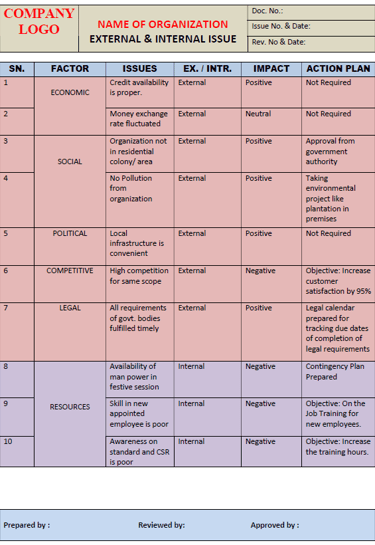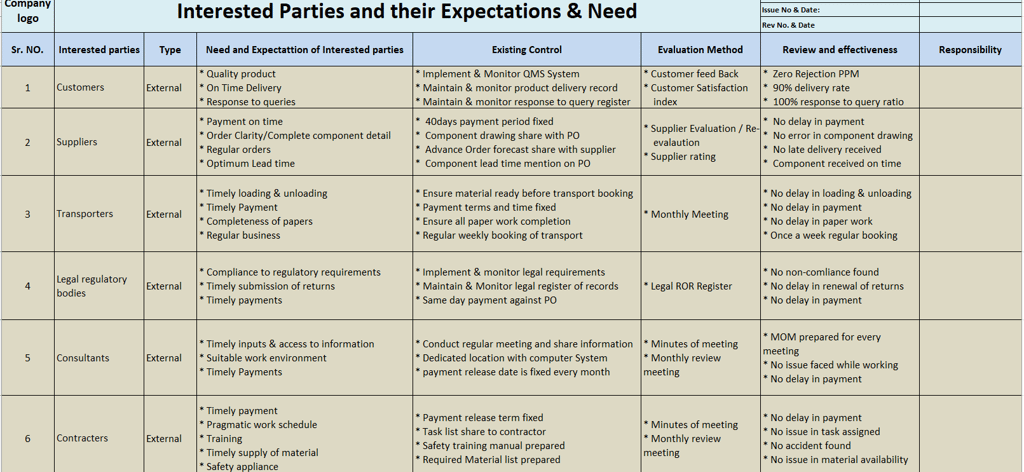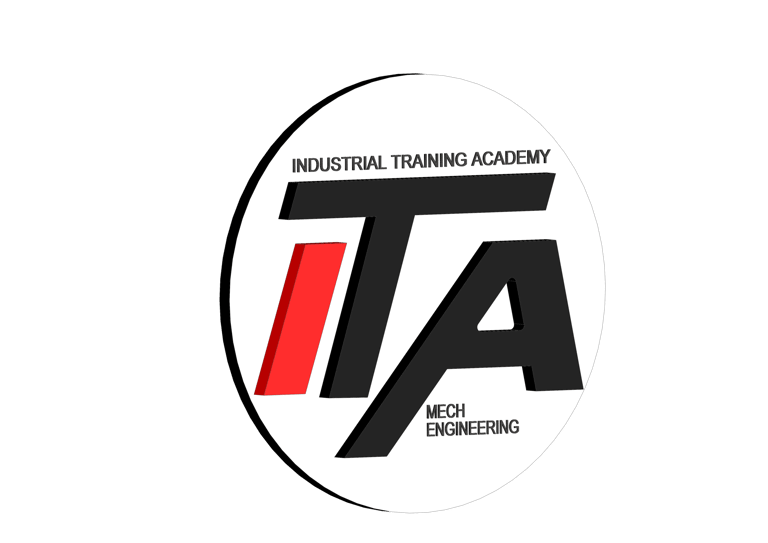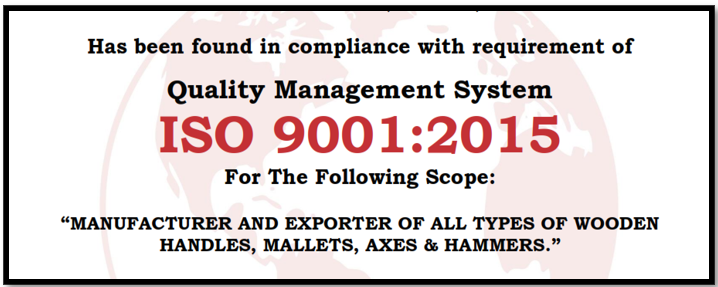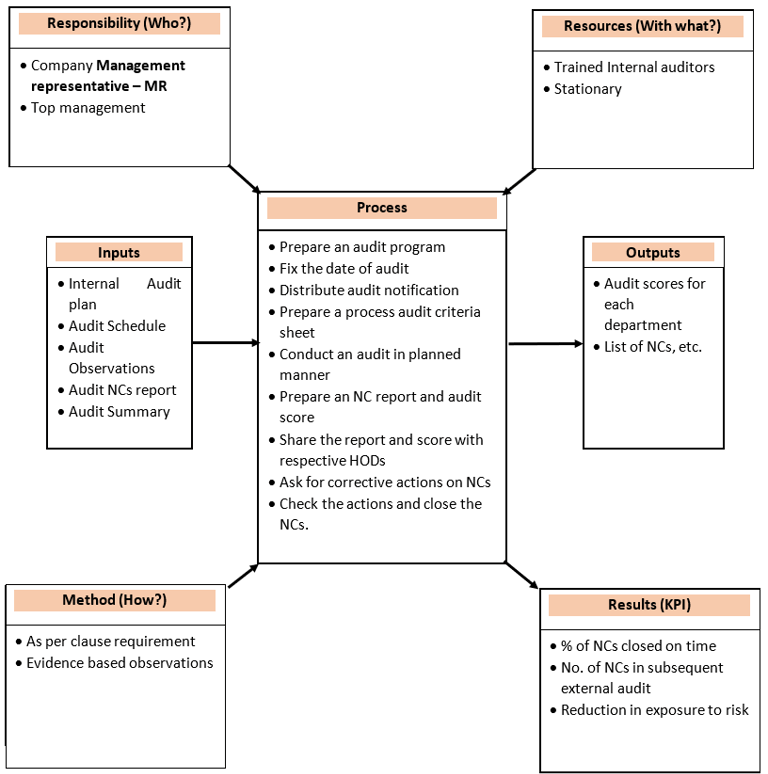Introduction
In this blog you will learn about Clause 4 of ISO 9001 2015 which describe the context of organization based on external and internal issues. Understanding the need and expectations of interested parties. As standard demand, we need to define the requirements and expectations of all interested parties relevant to organization. Scope of any organization is very important parameter in implementing QMS. Scope defines the actual product or services of provided by any organization. This clause also asks about all the processes in an organization and also ask about interactions of these processes. Clause ask that any organization needs to define its all processes and documented their interactions with each other.
Clause 4.1: Understanding the Organization and Its Context
At the heart of any successful quality management system lies a deep understanding of the organization and its operating environment. Clause 4.1 mandates that organizations determine the external and internal issues relevant to their purpose and strategic direction, as well as the interested parties impacted by their QMS. This clause compels organizations to introspect and analyze factors such as legal, technological, cultural, and competitive landscapes that could affect their ability to meet customer requirements.
By comprehensively assessing its context, an organization can anticipate challenges, identify opportunities, and align its QMS with its strategic objectives. For instance, a manufacturing company may recognize the significance of environmental regulations in its operational context and integrate sustainability practices into its quality management processes. SAMPLE FORMAT BELOW
Clause 4.2: Understanding the Needs and Expectations of Interested Parties
An organization does not operate in isolation but exists within a network of stakeholders, each with their own needs, expectations, and interests. Clause 4.2 mandates the identification of these interested parties, ranging from customers and suppliers to regulatory bodies and employees. By understanding the diverse requirements of these stakeholders, organizations can tailor their products, services, and processes to enhance satisfaction and meet regulatory obligations.
For example, a healthcare provider must consider the expectations of patients, regulatory authorities, insurance providers, and staff when designing its quality management system. By engaging with these stakeholders and incorporating their feedback, the organization can deliver healthcare services that are safe, effective, and patient-centered. SAMPLE FORMAT BELOW
Clause 4.3: Determining the Scope of the Quality Management System
Once an organization has grasped its context and identified key stakeholders, it must define the scope of its quality management system. Clause 4.3 outlines the parameters within which the QMS operates, including the products, services, and processes covered, as well as the boundaries and applicability of the system. This delineation ensures clarity and prevents ambiguity, enabling effective planning, implementation, and monitoring of quality-related activities.
For instance, a software development company may specify that its QMS encompasses the entire software development lifecycle, from requirements gathering to post-deployment support. By clearly defining the scope, the organization can allocate resources efficiently, manage risks effectively, and uphold consistency across its operations. SAMPLE FORMAT BELOW
Clause 4.4: Quality Management System and Its Processes
Having established the context, identified stakeholders, and defined the scope, organizations must now establish, implement, maintain, and continually improve their quality management system and its processes. Clause 4.4 underscores the importance of process approach in achieving consistency, efficiency, and effectiveness in meeting customer requirements and enhancing satisfaction.
A process-based approach entails identifying, documenting, and optimizing the interrelated activities that transform inputs into outputs, thereby delivering value to customers. By mapping out these processes, defining responsibilities, and setting performance indicators, organizations can monitor and improve their operations systematically. SAMPLE FORMAT BELOW
Conclusion
In conclusion, clauses 4.1 to 4.4 of ISO 9001:2015 lay the foundation for a robust quality management system that is aligned with organizational objectives, stakeholder expectations, and regulatory requirements. By understanding the organization's context, engaging with stakeholders, defining the scope, and adopting a process-based approach, organizations can enhance their competitiveness, mitigate risks, and drive continual improvement. Embracing these clauses not only fosters operational excellence but also cultivates a culture of quality consciousness and customer focus, paving the way for sustained success in today's dynamic business landscape.
